State of Mind – Interview with Photographer Nuno Moreira
I’ve always been a fan of photography projects that involve the print medium. It’s as if by flipping through a photo book, you’re going back to a much simpler medium, one that we don’t often use in this day and ago where technology is omnipresent. A photo book that caught my attention recently is one by photographer Nuno Moreira. It’s titled State of Mind. I’ve had the great pleasure of chatting with Nuno a bit and the resulting interview is below. I hope you enjoy!
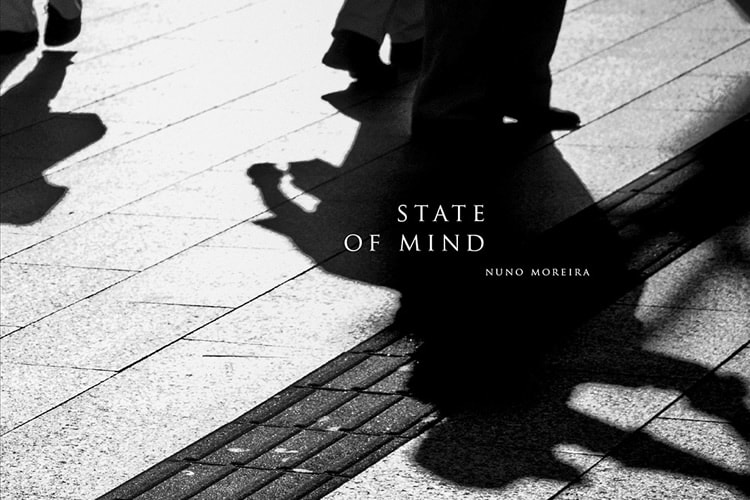
Hi Nuno, thanks for taking the time out of your busy schedule to do this interview. Could you tell our readers a bit more about yourself, where you’re from, and introduce us to the type of work you do?
Hello, thanks for having me. Let me start by explaining that I’m more of an art director. I’m a very visual person and I’m the type of guy who memorizes things through mental associations and images. I make use of photography and design as a way of articulating thoughts and abstract sensations into something concrete. I like material objects that speak to my senses and I can grasp and move like printed photos or books. They help me have an outside understanding of who I am and that makes me (hopefully) a better person. I’m a Portuguese native who just moved to Tokyo and recently released my photo book “State Of Mind”, which is now available through my website or in selected bookstores.
Let me also make clear I don’t make a living exclusively out of photography and that’s actually something I’m happy about. I’m a self-taught graphic artist and most of my time I’m designing and art directing book covers, doing personal collage and photo-montage or designing sleeves for records amongst other things. Before I moved to Japan I was a teacher and instructor of graphic arts in different schools, besides working in my studio. I work everyday and I’m a very disciplined person but my time tends to oscillate between periods of vertiginous assignments and times where I am quiet in the studio working, researching, reading or doing some collage pieces.
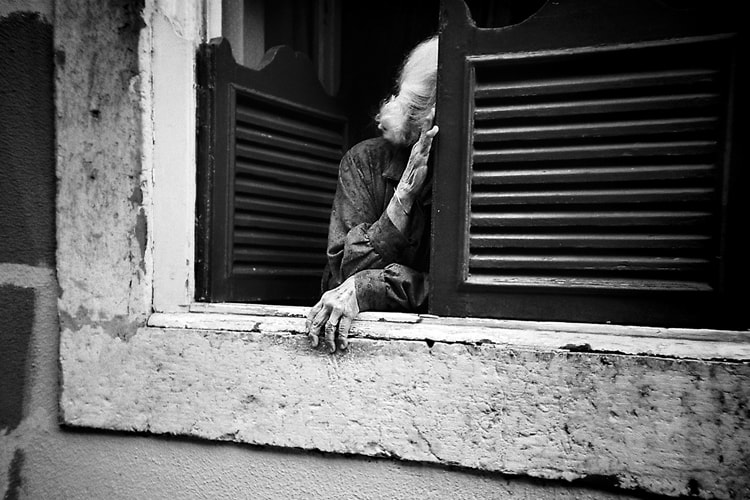
“State of Mind” is definitely not your first photography project. I have to say I really enjoyed the images in your “Caindo depressa de um sonho” project. What was the driving force behind the “State of Mind” project and how did it come about?
I’m glad you liked the “Caindo depressa de um sonho” series. Me and Carla had such a great time doing those pictures and discussing the entire project. It was very well received by the public and we had great feedback. I’m sure we’ll work together again very soon.
The idea behind this new series “State of Mind” was organizing my mind and creating a monograph of the last five years (or so) of traveling and photos I’ve been taking in so many different cities and places. You see, I like traveling alone and walking a lot, it gives me space to think and adjust my inner rhythm. It’s a very selfish thing to say but it’s true. In most of these travels to Malaysia, Japan, South-Korea, Russia, etc. I was keeping a kind of scrapbook and taking notes. Being truly alone, even if for a limited time, gives me a very down-to-earth perspective on things. It’s very easy to see things clearly and go out in the street and find interesting things around me that catch my attention. When I looked back at all the photos I noticed I had a theme, and this theme was very much a visual pattern and my feelings through these trips: it was about seeing people in their private “thinking moments”. I noticed there was a poetic quality about these moments when people stopped rushing and just had a time of their own to think. That’s when I noticed I had an interesting and coherent topic to edit and make a book about.
Most photographers have personal photography projects – and many of those projects often live in the digital realm, online. But, it’s always refreshing to see photographers use the print medium as a way to share their art. Any particular reason for releasing a photobook with “State of Mind“?
There’s two obvious reasons that suddenly come to mind for turning this series into a book. Firstly because I’m proud of the images I got here and I know they will be interesting to look again now and some time again in the future. Fortunately I’ve been getting this confirmation also from friends and people who bought the book, it’s very meaningful to understand you’re not doing a work which is just for the moment but something that can be appreciated throughout time, so the book is the perfect medium to accomplish that. The second reason is because I like books and being surrounded by books of all kinds. I’m turning 32 and I want to continue releasing more photo books so this was the right time to put the feet in the door and do a proper monograph.
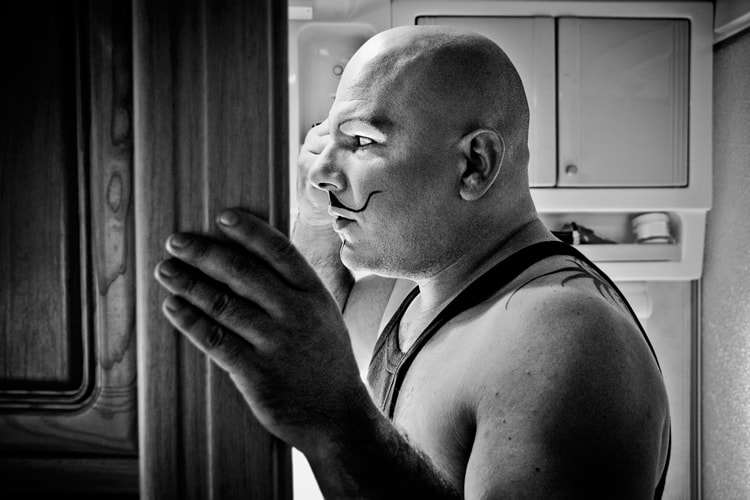
In our email exchange you mentioned you are now based in Tokyo, Japan. But you are originally from Portugal. How is the photography scene in Tokyo? And how different is it from Portugal?
The photography scene in Tokyo (and Japan in general) is a completely different world when compared with Portugal. There’s an actual history of photo books in Japan and a much stronger support and appreciation for photography here. The fact of being a city with a population of 13 million people also contributes for a faster development. In Portugal we have two or three specialized photo book stores, which are doing a great work in their own right, but in Japan there’s just much more offer and so it has been a great opportunity for me to do research for my own projects and understand the market here.
In terms of printing and production I also noticed a big leap in terms of quality and attention to detail. The printers I asked estimates or viewed previous works were extremely professional – being an area that I’m accustomed to deal because of being a print designer – I was impressed with the degree of formality and attention.
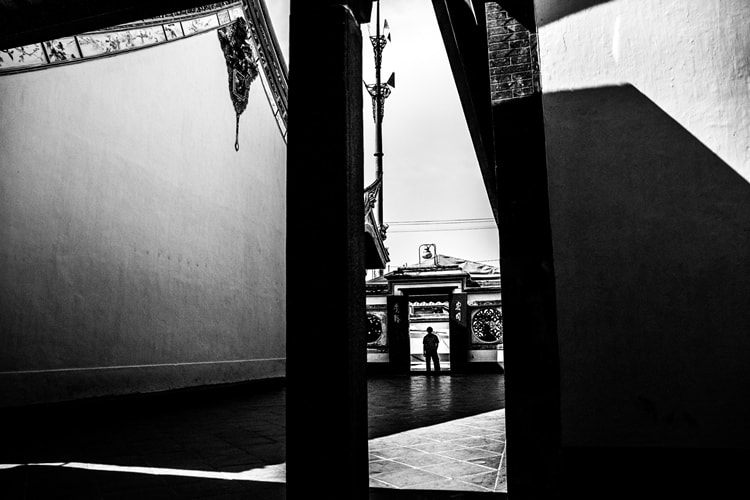
How did you get your start in photography and design? We’re actually the same age, so I’m curious to hear how you got started.
I can’t say I remember exactly how it all started. You know, it’s the kind of thing I look back now and I did all my life. But if I must trace back a reason and a motif that got me working with photography and design I would say music is the key factor.
I started messing with digital design tools rather by accident in the mid-nineties. What naturally evolved into a career throughout the years came originally out of a deep dedication for music by assembling xeroxed fanzines in a low-fi but very dedicated manner. Back then I was using Pagemaker and Photoshop 5, hand-drawn artworks and scissor + glue. These were my ultimate partners. Everything was mostly done manually, i.e. by HAND. Me and a brother/friend would get demo-tapes from all over the world in the mailbox and we would write reviews and distribute these fanzines through the underground movement which had it’s own clumsy but extremely passionate-driven etiquette. That was my door into graphic design and from there, out of having no time to do the fanzines anymore I started taking photos of live shows. When I had around 10 years of photos from live shows I created a touring-exhibition called “Light against Time“, mostly like a band would do but I went on the road with the purpose of showing my photos. So I took this exhibition traveling through Portugal and presenting my work in maybe 15 different places. Aside, I had a regular job working in design companies… Until one day I decided to open my studio and work on my own while teaching cinema, design and photography. And… the rest is history.
Who would you say were your mentors or influences when you started learning photography? Anyone you looked up to and/or that you still look up to today?
I really don’t have any references in terms of photographers. I guess that’s good because it means I’m not influenced enough to think of any. Maybe I draw more inspiration from other areas such as Cinema or Painting. If you want some names I love the work of Stanley Kubrick, Gaspar Noé, Jim Jarmusch, Luis Buñuel, David Cronenberg, etc.
My photography work is very much a need to capture a mood… and this is not something I can explain in a very concrete way. Therefore, Cinema or even Theatre seem to be closer to me in terms of visual references.
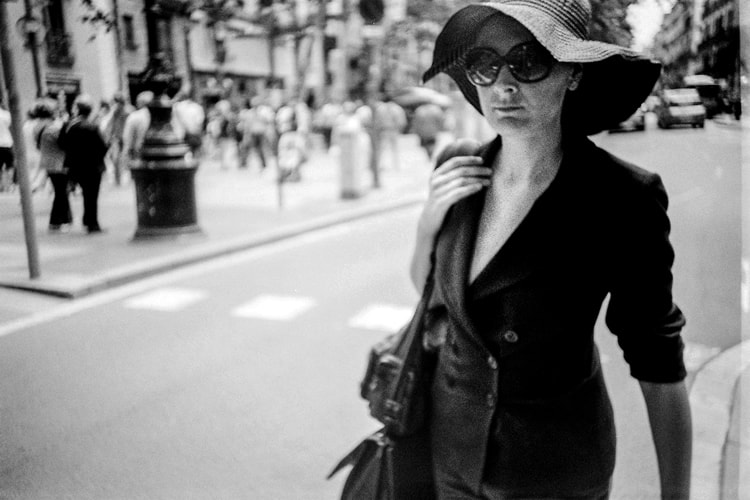
NM Design, the company you founded, puts out some amazing visual work. What prompted you to start your own business? And what is the distinction between your personal work and projects, and the more commercial work you do?
What made me start working on my own was the fact that I was not feeling happy having a day job anymore. This was back in 2007 and fortunately I had enough work to keep me going and pay the bills. I tend to say that when you change for the better and you recognize these changes in your life, you don’t allow yourself to go down that level anymore, so your standards change and hopefully you can make better decisions or more accordingly with what fits you.
Nowadays my personal work and commissioned (or client-driven) work is very much one thing. Most clients tend to look at what I do in terms of Art Direction and Photography and if they like it they hire me and trust me to do the job. I do a lot of book cover jackets for publishers and emerging writers, visual identity for companies and CD sleeves for musicians and artists. I’ve also started editing & designing photo books for other photographers and that’s been a good experience lately.
Since a lot of photographers are gear heads, I have to ask, what do you currently shoot with?
I currently alternate between a Canon EOS3 with an 85mm f/1.2 lens and a Pentax K1000 with a 50mm f/1.2 lens. In front of me in my desk I have right now a little Ricoh Auto Half, first model from 1962. Do you want to know an amazing coincidence? These three cameras were offered to me by different people.
Thank you Nuno for taking the time to answer those questions and the best of luck with State of Mind and future photography projects!
